Bringing a new cat into your home is a delightful journey that involves careful planning and consideration. Cats are creatures of habit, and ensuring a smooth transition requires attention to various aspects of their well-being. This comprehensive guide provides in-depth insights into essential supplies, environment setup, feeding and care, bonding and play, and educational resources.
Essential Supplies
Litter Box and Litter
Choosing the right litter and providing a suitable box are crucial. Cats are particular about cleanliness, and having a dedicated, easily accessible litter box is essential for their comfort.
Experiment with different types of litter to find the one your cat prefers. Some cats may have preferences for texture and scent.
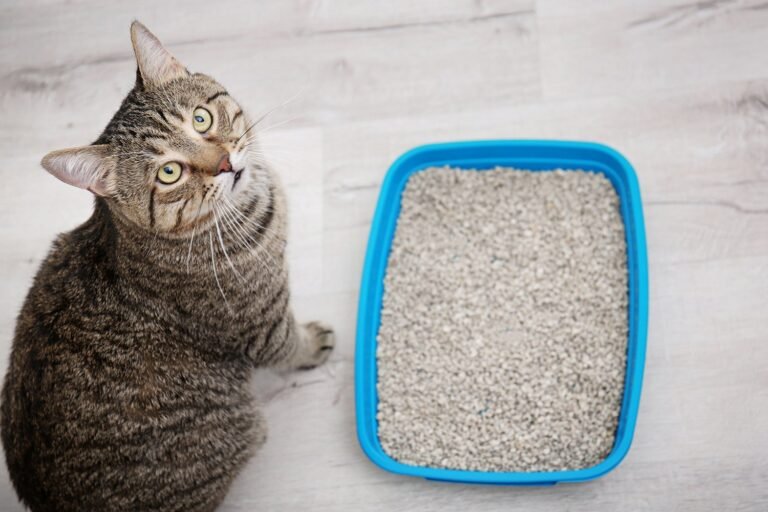
Quality Cat Food
A balanced and nutritious diet is the foundation of your cat’s health. Consult with your veterinarian to determine the best type of food based on your cat’s age, breed, and any specific health considerations.
Gradually transition your cat to new food to avoid digestive upset. Mix a small amount of the new food with the old, gradually increasing the ratio.
Food and Water Bowls
Invest in sturdy, non-tip bowls for your cat’s meals. Cats can be sensitive to the material of their bowls, so opt for stainless steel or ceramic.
Place food and water bowls in separate locations to prevent them from being too close, as cats prefer not to eat near their water source.
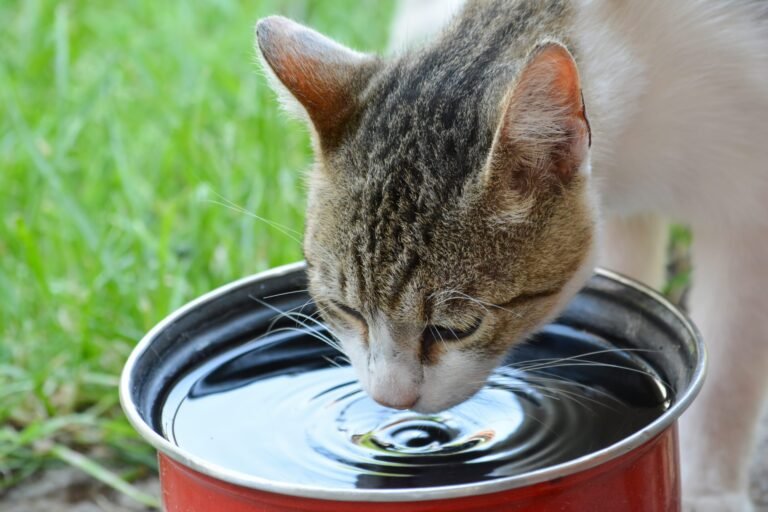
Cat Bed or Blanket
Cats appreciate having a designated space to call their own. A cozy bed or blanket provides comfort and security.
Place the bed in a quiet area where your cat can retreat when they need solitude.
Scratching Post
Scratching is a natural behavior for cats that helps them stretch and maintain their claws. Provide a variety of scratching posts made from different materials.
Use catnip to attract your cat to the scratching post. Regularly trim their claws to minimize damage to furniture.
Toys
Interactive toys are essential for mental and physical stimulation. Cats have individual preferences, so try a variety of toys to discover what your cat enjoys.
Rotate toys regularly to keep your cat engaged. Introduce puzzle feeders to provide mental stimulation during mealtime.

Grooming Tools
The grooming needs of cats vary depending on their coat length. Long-haired cats may require daily brushing, while short-haired cats benefit from regular grooming sessions.
Gradually introduce grooming to kittens to acclimate them to the process. Use positive reinforcement, such as treats, to make grooming a positive experience.
Cat Carrier
A reliable cat carrier is essential for vet visits and travel. Choose one that is well-ventilated, secure, and comfortable for your cat.
Place treats or a familiar blanket in the carrier to create positive associations. Allow your cat to explore the carrier at home.
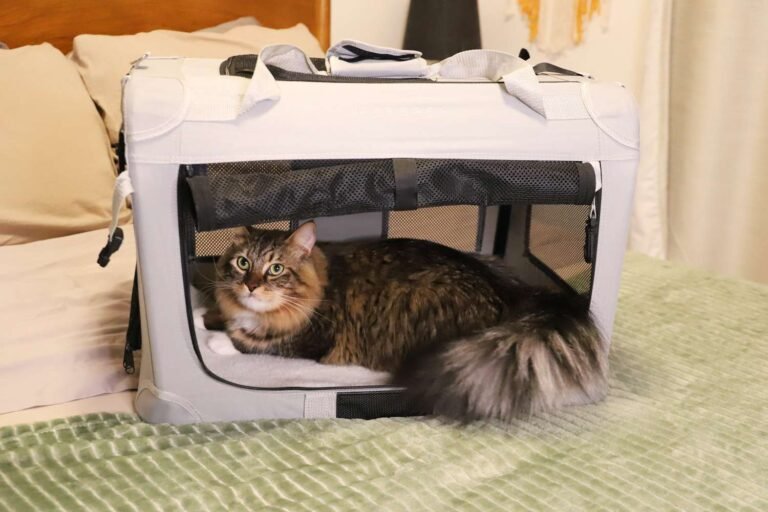
Setting Up the Environment
Safe Spaces
Cats value quiet and secure spaces where they can retreat when feeling stressed or overwhelmed. Designate cozy corners or secluded areas in your home for your cat to retreat to.
Introduce a covered bed or igloo-style hideaway in a quiet room for added security.
Window Perch
Cats are natural observers, and a window perch provides them with the opportunity to watch the outside world. Place a comfortable perch near a window with a view.
Install a window hammock for an elevated lounging experience. Ensure the perch is stable and secure.
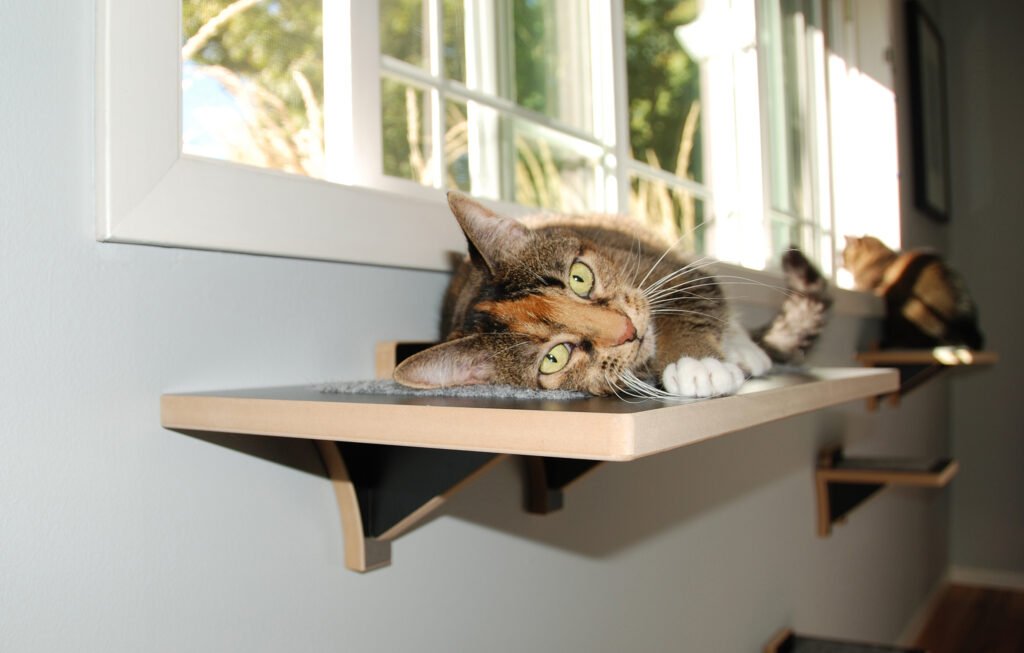
Vertical Spaces
Cats love to climb and perch on elevated surfaces. Cat trees, shelves, or wall-mounted perches offer vertical spaces for climbing and exploration.
Provide a variety of vertical spaces at different heights to cater to your cat’s climbing preferences.
Hideaway
Create a secure hideaway, such as an enclosed cat bed or covered basket, where your cat can retreat when they desire privacy.
Use familiar scents, like a blanket from their bed, to make the hideaway more appealing and comforting.
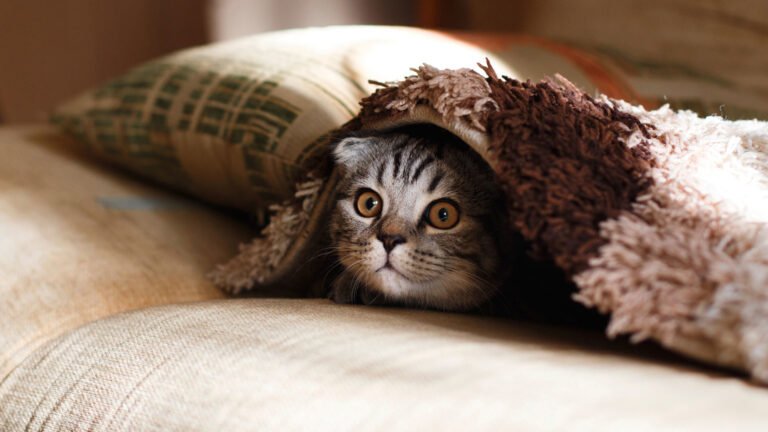
Feeding and Care
Scheduled Meals
Establish a consistent feeding schedule to regulate your cat’s meal times. This helps with portion control and creates a routine.
Avoid free-feeding to prevent obesity. Scheduled meals also make it easier to monitor your cat’s health.
Fresh Water
Provide clean and fresh water at all times. Some cats prefer running water, so consider investing in a cat water fountain.
Clean the water bowl regularly to ensure it remains appealing to your cat. Monitor water intake as changes can indicate health issues.
Regular Vet Visits
Routine veterinary check-ups are crucial for preventive care. Regular vaccinations, parasite control, and dental check-ups contribute to your cat’s overall health.
Keep a record of your cat’s health, including vaccinations, treatments, and any observed changes in behavior or appetite. This information helps your vet provide tailored care.

Spaying/Neutering
Consider spaying or neutering your cat, a crucial step in controlling the cat population and preventing certain behaviors. This procedure also reduces the risk of certain health issues.
Discuss the appropriate age for spaying or neutering with your veterinarian. Early spaying/neutering may have additional benefits.
Bonding and Play
Interactive Playtime
Engage your cat in regular play sessions to strengthen your bond. Use interactive toys, such as feather wands or laser pointers, to keep them mentally and physically active.
Observe your cat’s play preferences. Some cats enjoy chasing, while others prefer stalking or pouncing.
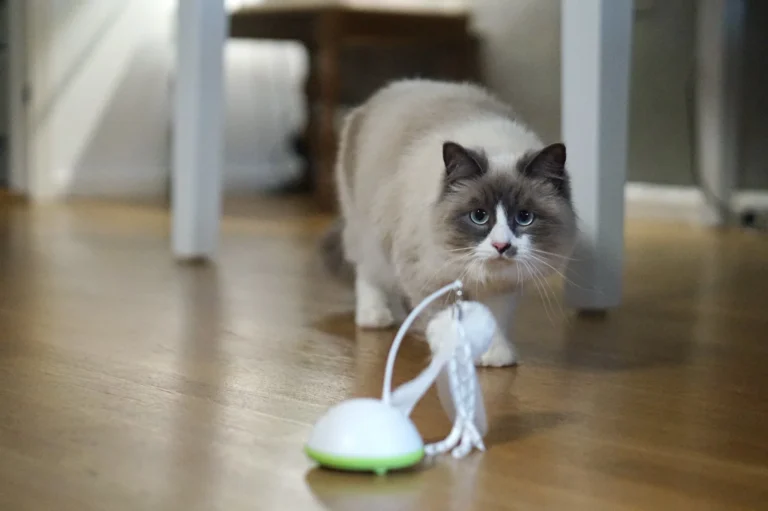
Gentle Affection
Most cats appreciate being stroked, but their comfort levels vary. Pay attention to your cat’s body language, and respect their boundaries.
Allow your cat to initiate affection. Start with gentle strokes, and observe their response to determine their comfort level.
Patience
Adjusting to a new environment takes time. Be patient and give your cat the space they need to explore and adapt at their own pace.
Create positive associations by offering treats or praise when your cat explores new areas or interacts positively.

Educational Resources
YouTube Channels
- Jackson Galaxy: A renowned cat behaviorist, Jackson Galaxy offers valuable insights into understanding and addressing cat behavior.
- Kitten Lady: While focusing on kitten care, Kitten Lady’s channel provides valuable information on cat behavior, fostering, and health.
Books
- “What Cats Want” by Dr. Yuki Hattori: A comprehensive guide to decoding your cat’s desires and fostering a harmonious relationship.
- “Total Cat Mojo: The Ultimate Guide to Life with Your Cat” by Jackson Galaxy: Jackson Galaxy shares his expertise in cat behavior, providing insights into fostering a strong connection with your feline companion.
Exploring books alongside online resources can deepen your understanding of cat behavior and care, offering a holistic approach to feline well-being.
Creating a harmonious environment for your new cat involves a combination of thoughtful preparation, understanding their unique needs, and building a strong bond through positive interactions. By prioritizing their physical and emotional well-being, you’re well on your way to providing a loving and enriching home for your furry companion. Welcome to the exciting world of cat parenthood!


